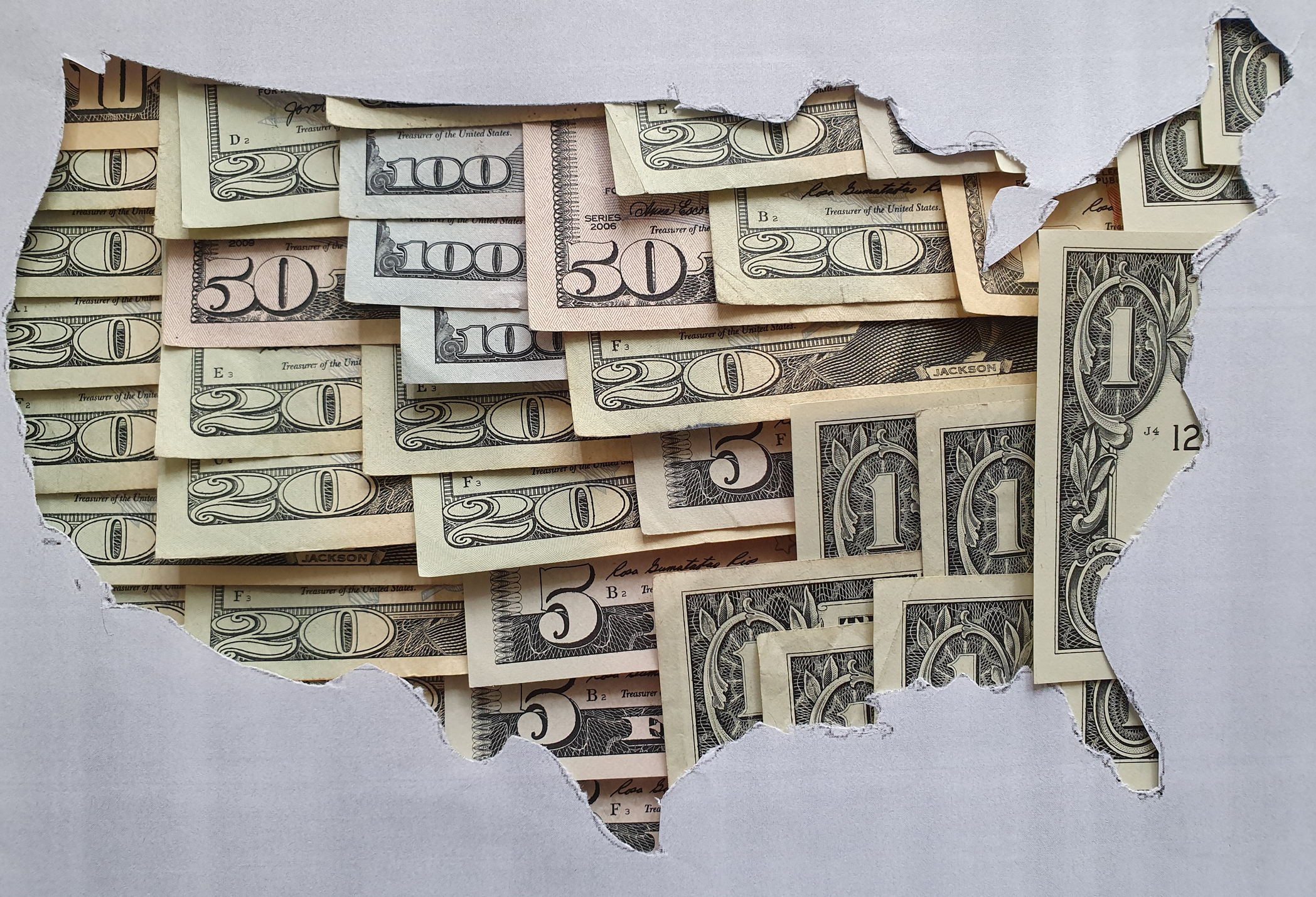Heirs Can Use NUA Tax Break for Inherited 401(k)s
This tax-saving move will result in more money in your pocket if you inherit employer stock.


Workers who have a stash of employer stock in their 401(k)s can make use of a tax-saving move known as net unrealized appreciation, or NUA. But this tax-saving move is also available to heirs who inherit 401(k)s that hold employer stock, IRA expert Ed Slott recently noted at his IRA workshop in National Harbor, Md.
Here’s how the NUA strategy works: Say a deceased worker had employer stock in his 401(k) with an original cost basis of $100,000 and a current value of $500,000. If the heir rolls assets from the 401(k) to an inherited IRA, she can split off the appreciated employer stock and roll that into a taxable brokerage account.
The heir will owe ordinary income tax on the original cost basis. When she later sells the appreciated stock from the taxable account, the NUA—the difference between the cost basis and the current market value of the employer stock—will be taxed at long-term capital-gains tax rates. Note that the heir doesn’t get a step-up in basis on the appreciated employer stock.

Sign up for Kiplinger’s Free E-Newsletters
Profit and prosper with the best of expert advice on investing, taxes, retirement, personal finance and more - straight to your e-mail.
Profit and prosper with the best of expert advice - straight to your e-mail.
If instead she rolls the appreciated employer stock into the inherited IRA along with the rest of the 401(k) assets, she’ll owe ordinary income tax on all the withdrawals, including the employer stock. And that would be a costly move tax-wise.
Her total tax bill at today’s top rates using the NUA strategy would be $117,000—$37,000 on the original cost basis at a 37% top ordinary income rate and $80,000 on the $400,000 of NUA at the top capital-gains rate of 20%. If she doesn’t use the NUA strategy, at a 37% top ordinary rate, she’d owe tax of $185,000—or $68,000 more.
Get Kiplinger Today newsletter — free
Profit and prosper with the best of Kiplinger's advice on investing, taxes, retirement, personal finance and much more. Delivered daily. Enter your email in the box and click Sign Me Up.

-
 The AI Doctor Coming to Read Your Test Results
The AI Doctor Coming to Read Your Test ResultsThe Kiplinger Letter There’s big opportunity for AI tools that analyze CAT scans, MRIs and other medical images. But there are also big challenges that human clinicians and tech companies will have to overcome.
By John Miley Published
-
 The Best Places for LGBTQ People to Retire Abroad
The Best Places for LGBTQ People to Retire AbroadLGBTQ people can safely retire abroad, but they must know a country’s laws and level of support — going beyond the usual retirement considerations.
By Drew Limsky Published
-
 Free IRS Tax Filing for 30 Million People: Will It Continue Under Trump?
Free IRS Tax Filing for 30 Million People: Will It Continue Under Trump?Tax Filing Direct File was piloted last year in 12 states and has since expanded to 25. But some wonder whether the program will last under the Trump administration.
By Gabriella Cruz-Martínez Last updated
-
 How Caregivers for Adults Can Save on Taxes in 2025
How Caregivers for Adults Can Save on Taxes in 2025Tax Breaks Caring for your parent or spouse can be stressful, but the IRS offers tax breaks for qualifying taxpayers. Here they are.
By Kate Schubel Published
-
 U.S. Treasury to Eliminate Paper Checks: What It Means for Tax Refunds, Social Security
U.S. Treasury to Eliminate Paper Checks: What It Means for Tax Refunds, Social SecurityTreasury President Trump signed an executive order forcing the federal government to phase out paper check disbursements by the fall.
By Gabriella Cruz-Martínez Published
-
 IRS Layoffs Spark Delays, Doubt This Tax Season
IRS Layoffs Spark Delays, Doubt This Tax SeasonTax Season Tax experts say Trump’s downsizing of the IRS is already causing problems.
By Gabriella Cruz-Martínez Last updated
-
 States with the Highest Income Tax Rates for Retirees
States with the Highest Income Tax Rates for RetireesState Tax You may reconsider living and retiring in one of these states due to high taxes.
By Kate Schubel Last updated
-
 AI Tax Scams Target Middle and Older Adults: What to Know
AI Tax Scams Target Middle and Older Adults: What to KnowScams Whether you’re a retiree or Gen Z, scammers can gouge big financial losses with the help of artificial intelligence.
By Kate Schubel Published
-
 Tax-Deductible Home Improvements for Retirement in 2025
Tax-Deductible Home Improvements for Retirement in 2025Retirement Taxes Your aging-in-place plan could benefit from the medical expense tax deduction. But watch out for capital gains and property taxes.
By Kate Schubel Published
-
 Don’t Make These Five Mistakes on Your Tax Return
Don’t Make These Five Mistakes on Your Tax ReturnTax Filing The IRS warns taxpayers to watch out for these common errors as they prepare to file.
By Gabriella Cruz-Martínez Published